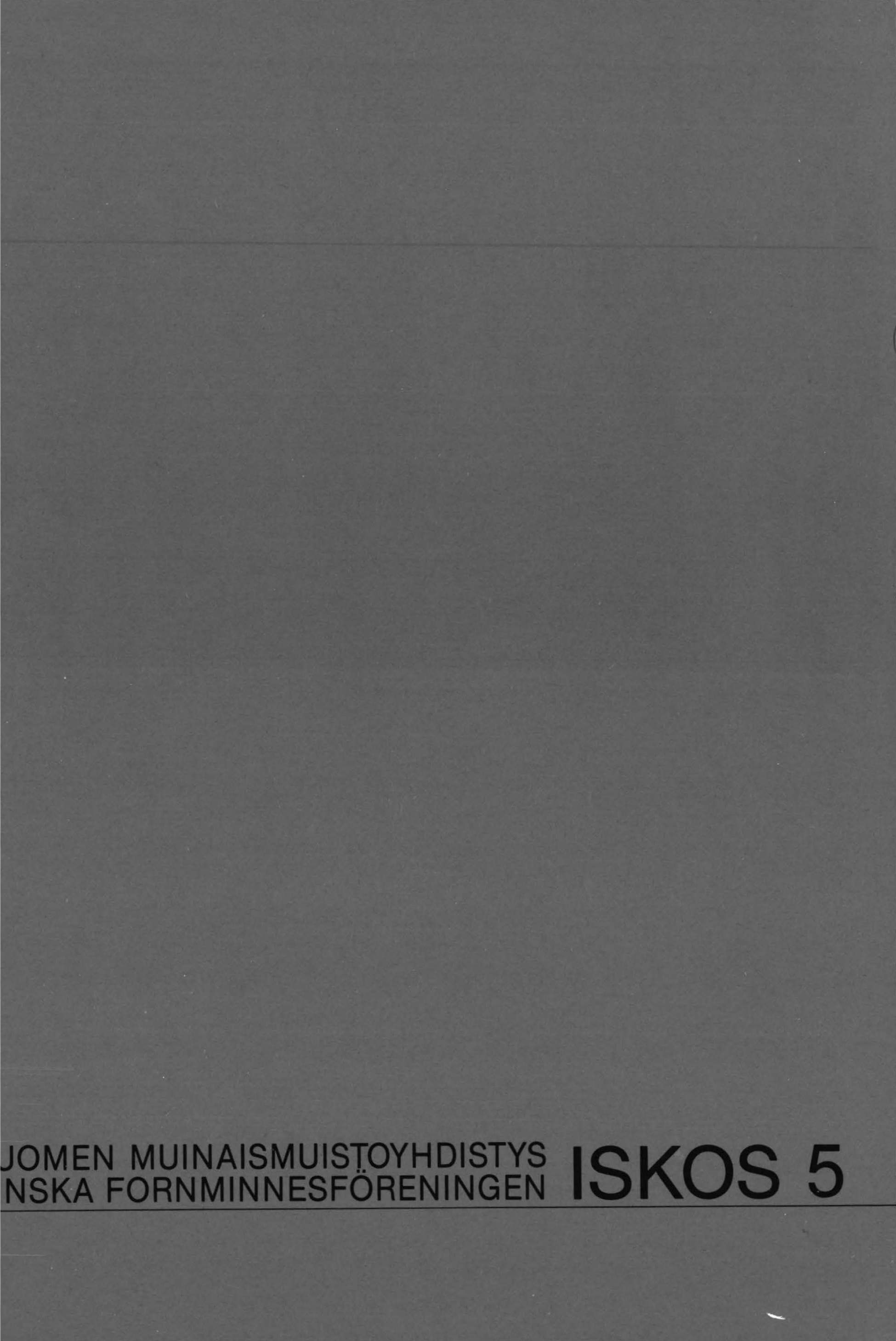Interpretation and significance of urban deposits
Abstract
In many United Kingdom cities, the late Roman to Medieval periods are an archaeological blank. The study of contemporary anthropogenic deposits is therefore crucial to any understanding of urban activity. Using pedological and micromorphological techniques, urban anthropogenic deposits of this age from London and Exeter were therefore investigated. lt can be suggested from the results that previous interpretations of such deposits, once thought of as »flood loams» and often termed »Dark Earth », as
i progressively thickening within-urban area »market garden» soils, or
ii simple accumulations of urban dump material through time, are inadequate.
Analysis of undisturbed soil samples through optical microscopy, complemented by archaeological information from individual sites, allow us to be more specific. Our observations may indicate phases of dumping of mainly local soil material from, for example, military ditch digging at Exeter; whereas, at the London sites the deposits are tentatively interpreted as accumulations of partially or fully reworked materials derived from the destruction and collapse of insubstantial buildings. This finding may infer a gross under-estimation of urban activity at this time. Micromorphology has proven tobe the best analytical technique. In contrast, analyses of bulk samples may only provide very general information in these often extremely heterogeneous deposits.




